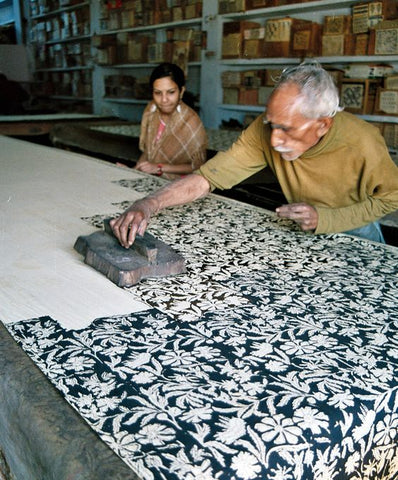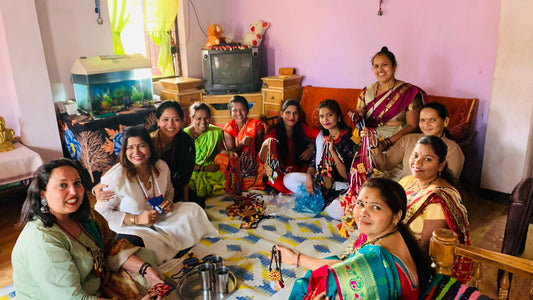In the quiet corners of India’s tribal heartlands, far from the chaos of modern industry, a different kind of creation is taking place. Here, women sit on mud floors or under open skies, weaving, shaping, dyeing, and carving—not just with their hands, but with centuries of inherited wisdom, intuition, and rhythm. Every handcrafted piece they make tells a story—a story of land, legacy, and livelihood.
Handcraft is not just a skill; it is a way of life.
For tribal women, craft is not a commercial product—it is a sacred expression. The thread that runs through a handwoven basket or a hand-dyed fabric is the same thread that connects them to their ancestors, the forest, the seasons, and the spirit of community. These women don’t just make things—they create energy. Their art carries intention, patience, and prayer.
Yet for decades, this sacred work has remained unseen, undervalued, and often exploited. Mass production and machine-made goods have pushed handcrafted traditions to the margins. Many tribal women have been forced to abandon their art in search of uncertain, low-paying labor jobs. Their wisdom was at risk of being forgotten.
But a quiet revolution is rising.
Today, a growing movement is reclaiming the value of traditional craft, especially those created by tribal women. By providing them with platforms, training, fair wages, and ethical marketplaces, we are witnessing a powerful transformation—not just in their economic status, but in their self-worth and identity.
Handcraft is becoming a tool of empowerment.
When a tribal woman earns through her craft, she is not just earning money—she is claiming dignity. She is able to educate her children, take care of her health, and become a respected decision-maker in her household and community. Her art becomes a bridge between her roots and her future, between tradition and progress.
Equally important is the connection with conscious consumers. Today’s buyer is awakening. There is a growing desire to own things that carry meaning, that are made with love, that don’t harm the planet. Handcrafted products made by tribal women offer just that—a blend of beauty, ethics, and soul.
Every time someone chooses a handcrafted item over a mass-produced one, they are voting for a better world. A world where art is sacred. Where women are powerful. Where culture is preserved, not replaced. Where sustainability is natural, not forced.
Supporting tribal women artisans is not charity—it is co-creation. It is an invitation to be part of a deeper story, a slower rhythm, a more conscious way of living.
Let us celebrate these women not as victims needing help, but as wisdom-keepers and creators, whose hands are weaving a future where purpose, prosperity, and planet can thrive in harmony.




